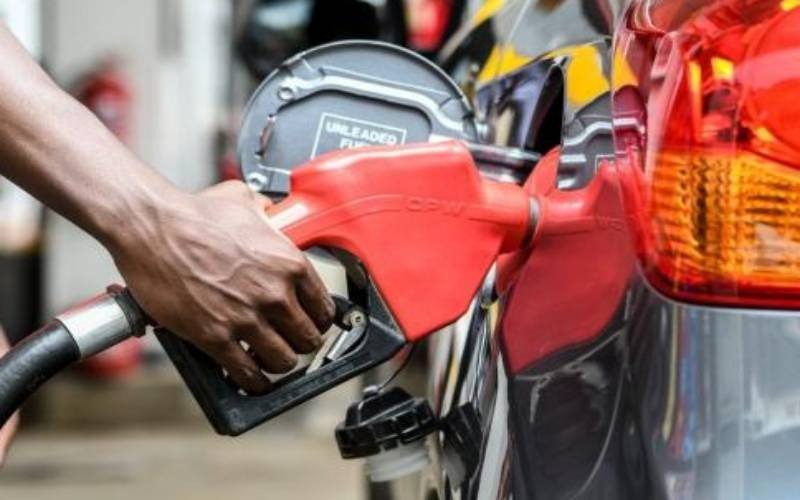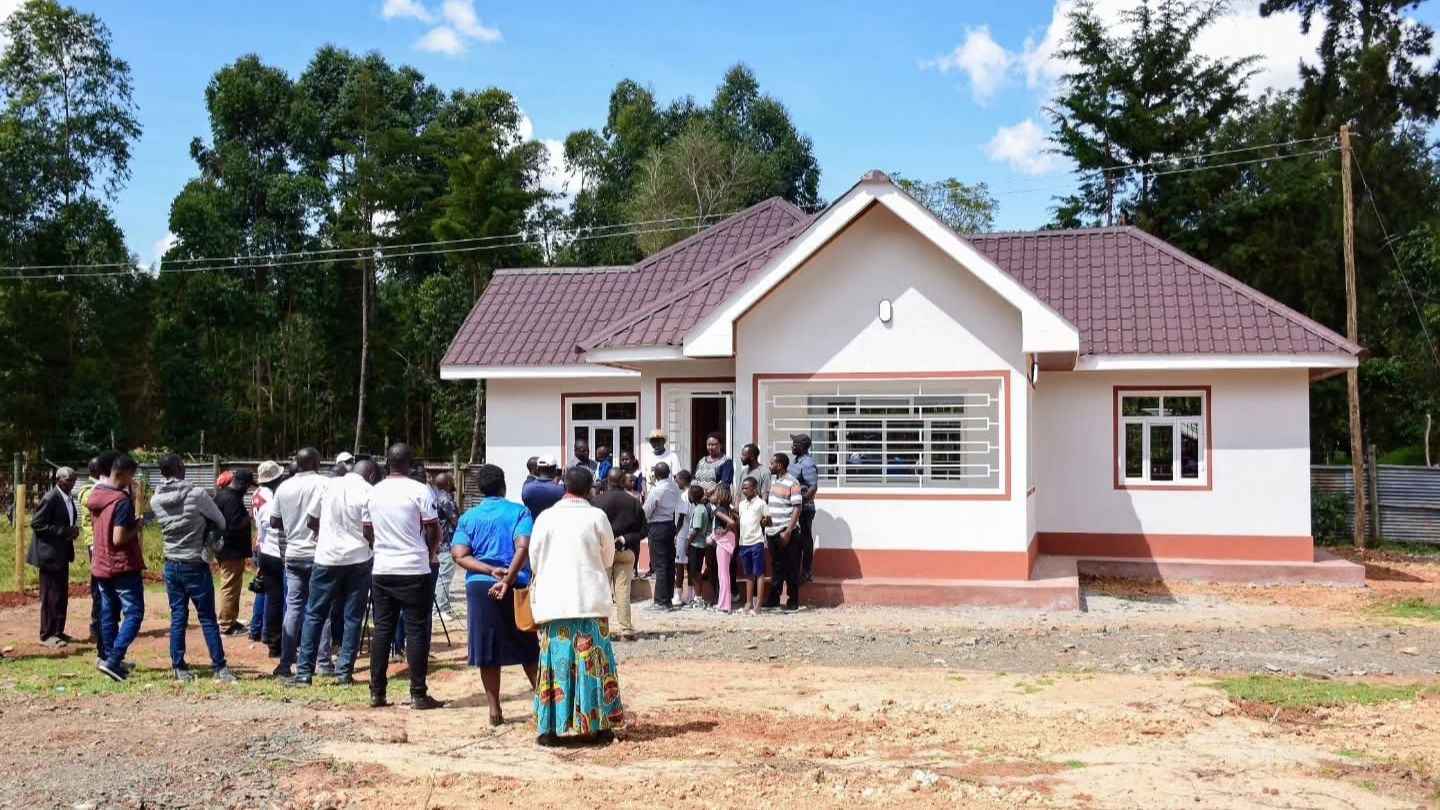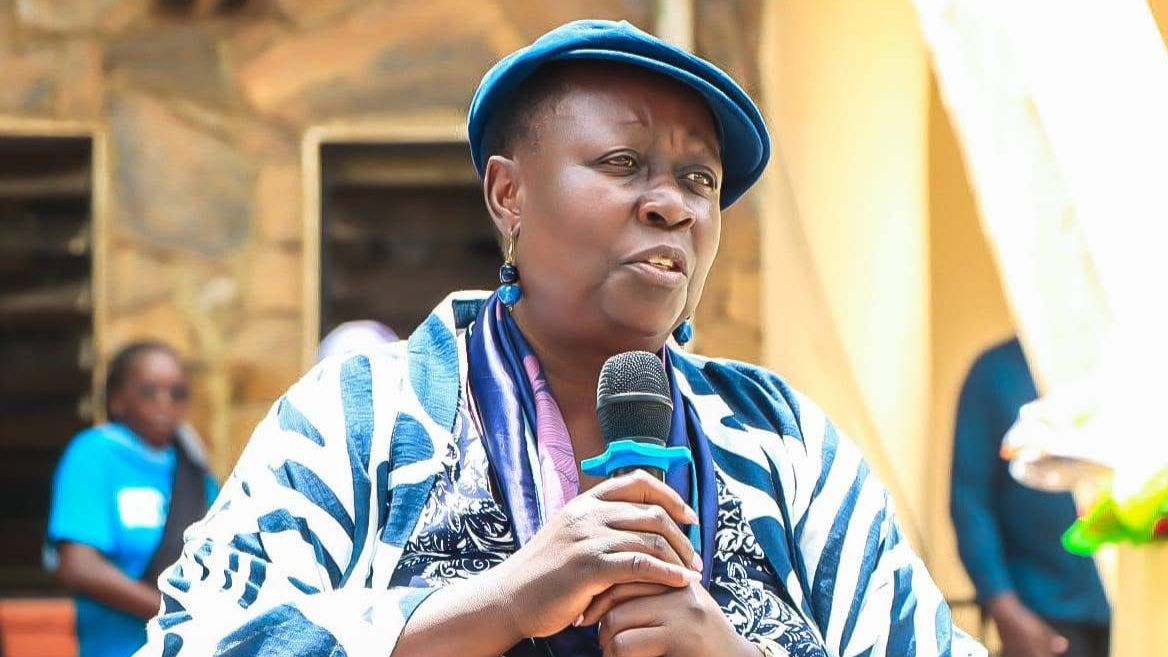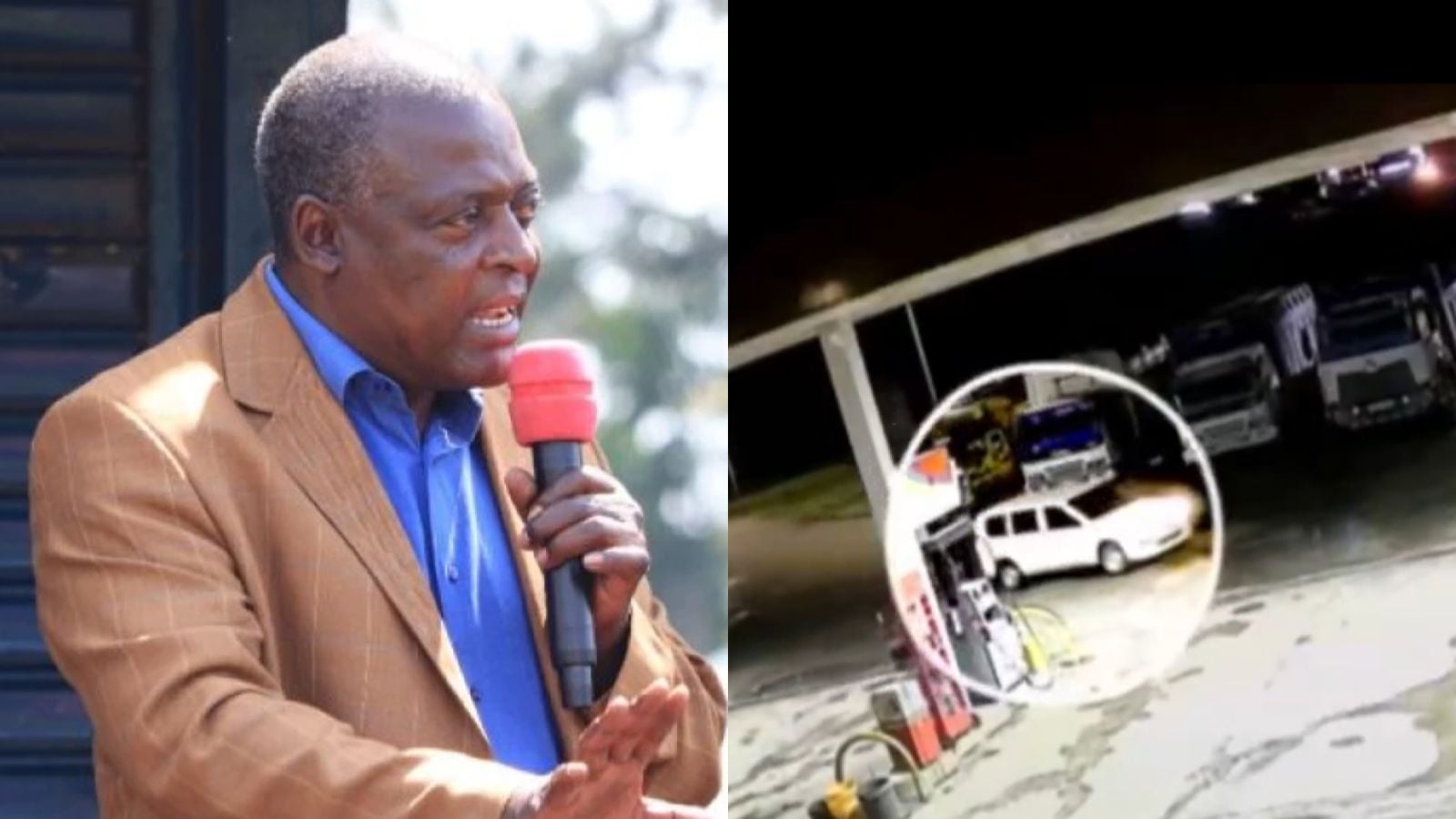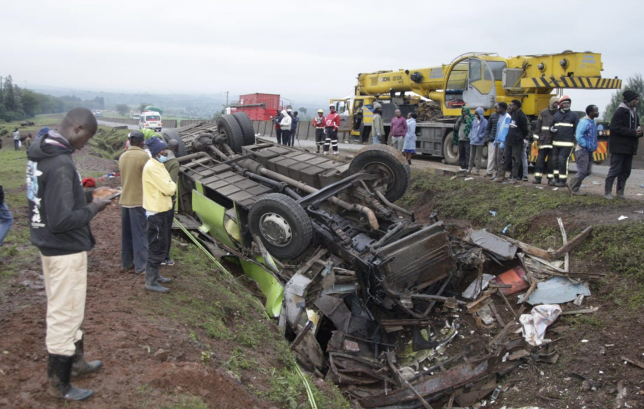The Energy Petroleum Regulatory Authority (EPRA) has allayed fears over the sale of substandard fuel in Kenya.
Following the emergence of a viral video on social media, EPRA on Thursday, February 6, revealed that it had conducted tests on fuel sold at petrol stations including V-Power.
The authority noted that the exercise, which was done in conjunction with the Kenya Bureau of Standards (KBS), revealed that the fuel met the required standards - Research Octane Number (RON) ratings.
"We are pleased to report that the results of these tests confirm that the fuel at all sampled stations meet the recommended Research Octane Number (RON) ratings as stipulated by Kenyan Standards," read the statement in part.
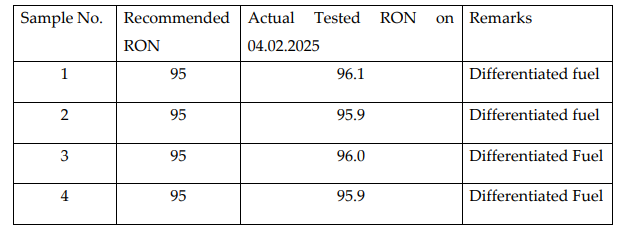
Read More
"In instances where Super Petrol is marketed as a premium fuel with higher RON ratings, our tests consistently affirm compliance with these higher standards. Consequently, we urge consumers to continue to have confidence in the quality of petroleum fuels available, as there is no cause for alarm."
On the other hand, motorists were cautioned against relying on RON test results done using some gadgets without laboratory confirmation.
According to EPRA, some of the devices used often give results which are not accurate.
"Super Petrol is categorised based on its RON rating, which determines its suitability for different engine configurations. It is important to note that these ratings can only be accurately conducted in a controlled laboratory setting, where all variables can be monitored and measured effectively," EPRA added.
"We would like to caution consumers and the general public that there are gadgets in the market that can provide a qualitative indication of the RON rating but the results from these gadgets cannot be guaranteed unless confirmed through laboratory tests that follow the required standard procedures of sampling, equipment calibration, and testing."
